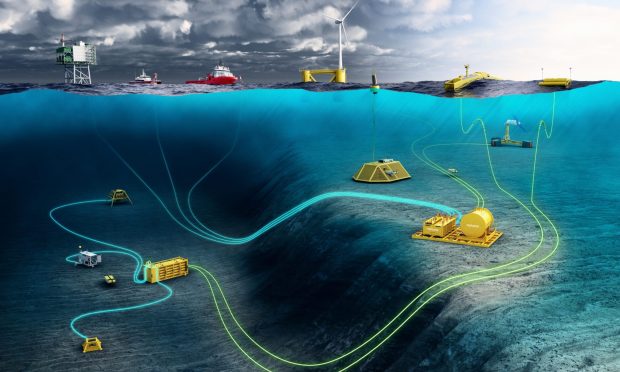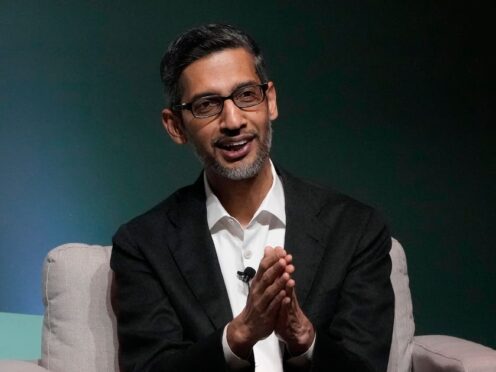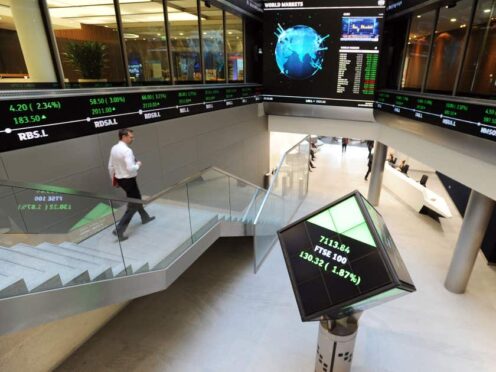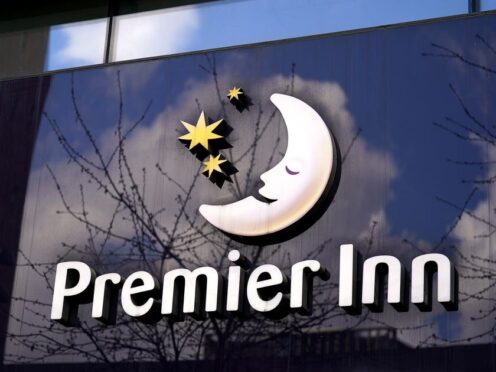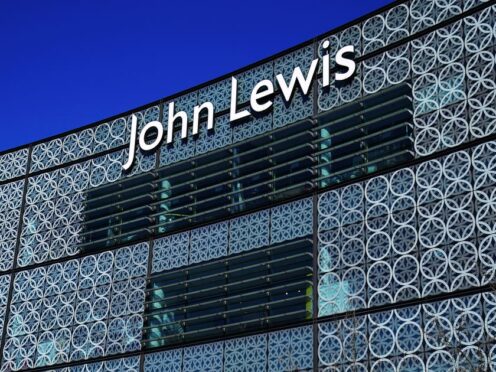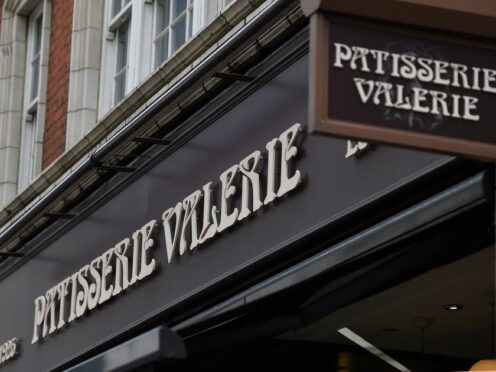Allan McEwan, City Development Manager for Aberdeen at CityFibre, shares the achievements of the Fibre-to-the-Home transformation project during its first year:
“One year since breaking ground, CityFibre’s Fibre-To-The-Home transformation project is rapidly gaining momentum.
Aberdeen is a city sprinting towards a bright future, free of the antiquated shackles of its Victorian-era telecoms infrastructure and destined to become one of the world’s most connected cities.
Until recently, many businesses were forced to rely on old-fashioned copper wires to provide the digital infrastructure needed to compete on an international stage.
These notoriously slow and unreliable connections not only impacted day-to-day operations and prevented businesses from realising their full potential, but also restricted consumer choice due to the limited number of service providers.
For years, the UK has been lagging in the global connectivity rankings while smart technology is continually embedding itself deeper into the fabric of everyday life.
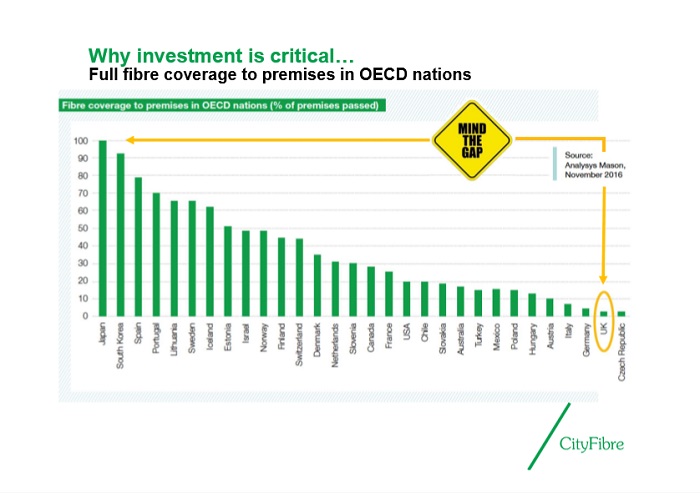
Every day new technologies are released with the promise of increased ease and efficiency for householders. But a lack of investment by incumbent providers in updating the existing infrastructure meant that the benefits to consumers had been compromised by the additional burden placed on the outdated network.
Thankfully, in keeping with its history for leading innovation, Aberdeen is undertaking a digital revolution.
Forward-thinking leaders at Aberdeen City Council were quick to recognise that fit-for-purpose digital infrastructure is imperative to realising an improved infrastructure – which, in turn, allows for diversification and future success.
As a result, improved connectivity, in partnership with CityFibre, has become a key objective for the city’s leadership.
Work to modernise Aberdeen’s digital infrastructure began in 2015. CityFibre’s network put ultrafast broadband within reach of hundreds of businesses and public sector buildings, including schools, council offices, libraries and community centres.
A further private investment of more than £40m to massively expand that network was released by CityFibre in 2018.
It brings a Full-Fibre connection within reach of almost every home and business in the city for the first time as part of a larger £2.5bn ‘fibre to the premises’ programme, delivered in partnership with Vodafone to bring full-fibre to five million UK homes and businesses by 2025.
Significant progress has been made on these ambitious plans and work is well underway across the city landscape.
Construction has been completed in Kincorth, Tory, Northfield and Middlefield with the many residents already connected. Work is currently underway in the Garthdee, Ferryhill, Hilton, Ashgrove and Cornhill areas of the city, with Bridge of Don due to begin soon.
Before long, Aberdeen could be Scotland’s Stockholm – a truly Smart City.
The full-fibre network will allow residents to adopt ‘smart home’ tech, improve entertainment options and also transform home-working ability and monitor loved ones’ health remotely.
On a wider scale, this level of connectivity ensures that local authorities can implement transformative technology to benefit many areas of public service, including traffic management and public safety.
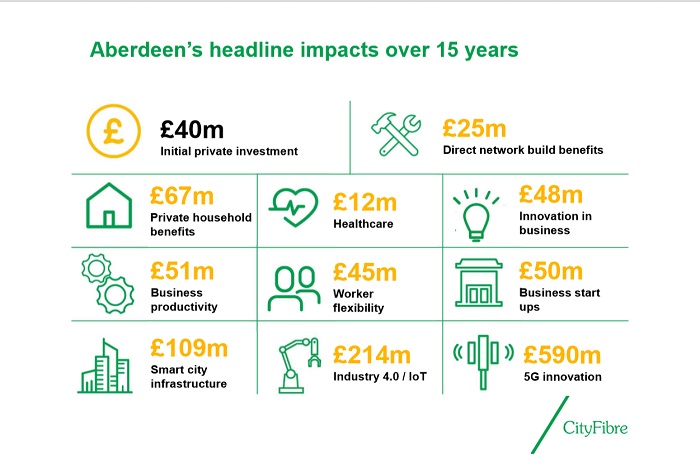
According to economic consultancy Regeneris, this transformation will have a significant impact over the next 15 years. Their analysis suggests that full-fibre will unlock £99m in productivity and innovation while also driving £25m in direct economic growth.
Additionally, up to £67m could be added to the value of local homes, as access to reliable, high-speed broadband becomes ever-more critical to buyers.
Digital Connectivity has been a long time coming. Currently, only seven per cent of premises in the UK are able to access full-fibre – in stark contrast to the likes of Portugal and Spain, where more than 80 per cent of premises can access the technology.
The tide has indeed turned and once again embracing the potential, Aberdeen is now best placed to exploit the economic and societal benefits made possible by full-fibre connectivity. It will benefit established businesses and create a fertile environment for start-ups, bringing more jobs and investment into the city, and ultimately improving the overall economic picture.
With industry blossoming in the city again after a particularly painful period, business leaders are tasked with identifying ways to embrace technology and utilise data-driven solutions to work smarter and faster.
A full-fibre connection is the first step to unlocking productivity, maximising available opportunities and continuing Aberdeen’s legacy as Scotland’s first city for industrial innovation.”
Find out more about CityFibre by visiting the project website here. To be kept up to date with progress in your area, please register your interest today here.


